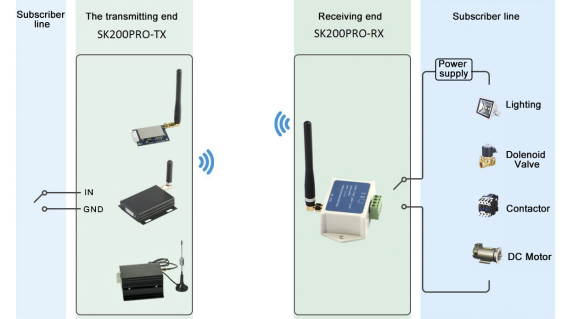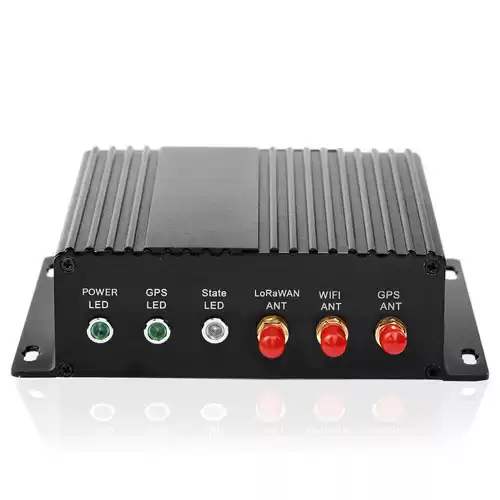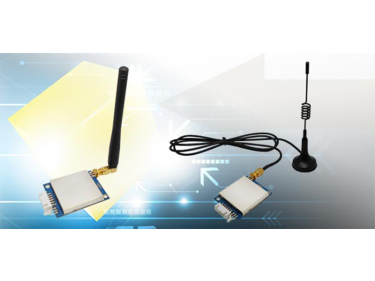LoRaWAN node types are mainly used in which areas
LoRaWAN is a newly launched low-power wide-area network specification. This technology enables both low power consumption and long-distance. The expansion of the Internet of Things will inevitably make LoRaWAN play its role, and more and more fields will apply this technology. Below, this article will introduce the types of LoRaWAN nodes and in which areas they are applied.
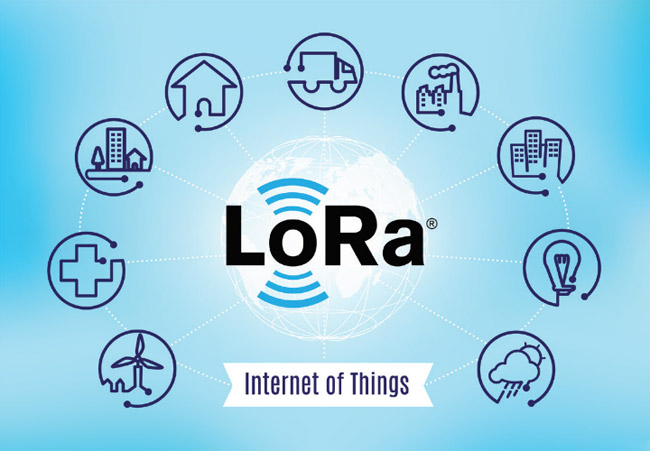
LoRaWAN node type
Class A (battery-powered sensors, or actuators that do not require delay)
Class A nodes allow two-way communication. After each node transmits uplink data, two receiving windows are opened to receive data. The scheduling of transmission will have some small changes according to the node's own communication requirements and based on random time. Class A nodes have the lowest power consumption among the three types. It is suitable for applications that only request downlink communication from the server after the node transmits uplink data.
The downlink communication from the server at any time can only be transmitted after the next uplink transmission.
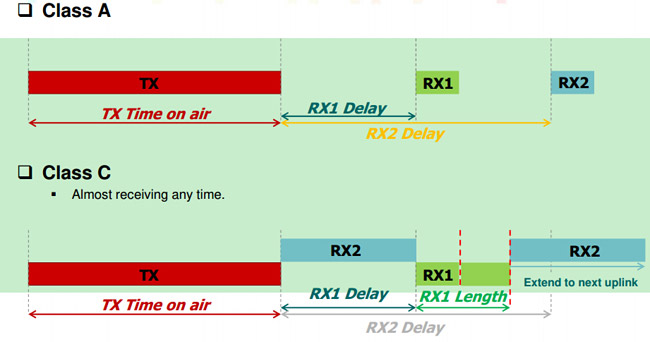
Class B (battery-powered actuator with time delay)
Class B allows more receiving windows than Class A. In addition to the random receiving window of Type A, Type B opens an additional receiving window within a set time. For example, an additional receiving window is opened every 32 seconds. For the node to close the window within the specified time, it will receive a time synchronization beacon sent from the gateway. This allows the server to know when the node is waiting to receive it.
Class C (Externally powered actuator)
Class C opens the receiving window almost all the time, and only exits reception at the time of transmission. Compared to Class A and Class B, Class C has the largest power consumption. But it has the lowest delay when the server sends a message to the node.
Application of LoRaWAN
- Meter reading (such as electric meter, gas meter, water meter)
- Agriculture (can be used for irrigation control, environmental monitoring, animal tracking, etc.)
- Tracking (such as tracking motorcycles, bicycles, cars, containers, children, pets, valuables)
- Smart grid (can be used for fault management, cable anti-theft, measurement)
- Wearable and health equipment (such as medical wearable equipment, connectable bracelet, status monitoring, connectable clothes)
- Industrial areas (e.g. earthquake sensing, avalanche and flooding, heating and alternating current, equipment status, forest fires, air pollution, worker health inspection, etc.)
- Smart city (can be used to manage street lights, infrastructure monitoring, garbage monitoring, advertising, smart parking, vending machines, etc.)
- Connected home (smoke detection, security system, smart home appliances, heating, control, and monitoring)
- Vehicle communication (traffic information, traffic lights, vehicle status)
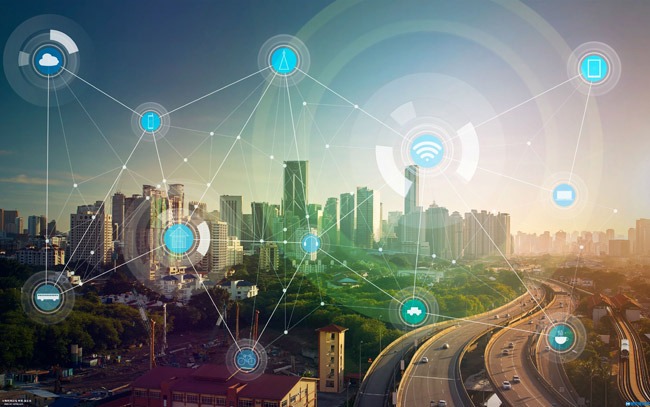
The above are the node types and application areas of LoRaWAN. Through the above introduction, everyone has a basic understanding of LoRaWAN. LoRaWAN is a low-power wide-area network specification. This technology can provide regional, national, or global networks for battery-powered wireless devices. In the next few years, it will be widely used in various fields for users in the Internet of Things field. Bring a more convenient life. Think Wireless focuses on the research and development of the LoRaWan module, and independently developed a wireless meter reading system based on the LoRaWAN protocol. Welcome Customers come to consult us @ sales@nicerf.com.
 +86-755-23080616
+86-755-23080616
 sales@nicerf.com
sales@nicerf.com
Website: https://www.nicerf.com/
Address: 309-314, 3/F, Bldg A, Hongdu business building, Zone 43, Baoan Dist, Shenzhen, China


 English
English





